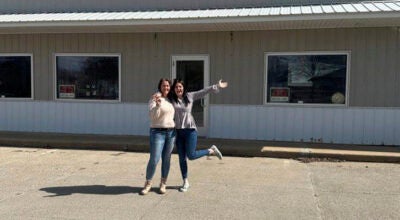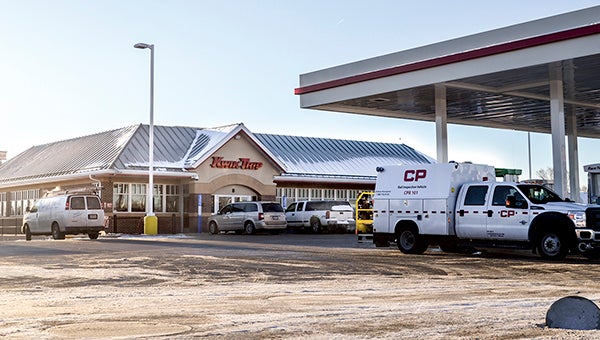Report on MNsure’s tech finds mixed results; System failing to track defects, but secure
Published 10:46 am Thursday, July 17, 2014
By Christopher Snowbeck
Pioneer Press, St. Paul, Minn.
ST. PAUL — The second phase of a consultant’s report sends mixed signals about the performance of MNsure’s information technology system.
On one hand, MNsure has been failing to track all the defects with its website, with the new report tallying 399 open defects — much higher than the 60 to 162 defects that officials thought they had to handle.
The finding prompted the consulting firm Deloitte to say problems with defect tracking could make it more difficult and costly for MNsure to implement fixes.
Even so, the MNsure system has no major problems from a security or privacy perspective, according to the new report, which was presented to MNsure’s board of directors Wednesday.
Plus, MNsure has adequate “horsepower” to meet demands on the system, including an expected transition of some 800,000 people with public health insurance to the MNsure system over the next year, said Brian Keane, project principal with Deloitte Consulting LLP.
“While the complexity of the system might be mitigated in the short-term with remedies such as increased staffing levels, long-term maintenance may be more difficult and costly,” Deloitte said in slides presented during a board meeting Wednesday in St. Paul.
The messages on MNsure’s performance came from the latest releases from a five-part review that Deloitte started to present last month. The June report concluded only 26 of 73 website functions at MNsure were working as expected.
Board members did not comment on the report’s findings about defects, which weren’t mentioned by Keane during his presentation. He offered a general assessment of progress.
“The organization is mobilizing. The collective state project teams … are, frankly, rallying around this,” Keane replied. But he added: “I don’t want to paint too rosy a picture. … It’s going to be hard.”
Minnesota launched the MNsure website last year to implement the federal Affordable Care Act, which requires almost all Americans to have health insurance or pay a tax penalty. The health insurance marketplace — also called an “exchange” — was meant to make it easier for people to buy coverage, and check whether they qualify for federal subsidies and public health insurance programs.
The rollout was rocky. By December, thousands were so frustrated with the MNsure website that they endured hour-long waits for help at an overwhelmed call center.
The website got better this year, state officials say, as more staff helped to shorten call center wait times. As of July 10, a total of 259,049 people had obtained public and private health insurance through MNsure — enrollments that have pushed the state’s uninsured rate below 5 percent, state officials say.
Through it all, the relationship between the website troubles and the number of defects in the information technology system has been difficult to understand.
Before MNsure went live on Oct. 1, a company that tested MNsure’s software alerted exchange officials that the number of open defects had increased from 237 to 270, with many defects being at the highest severity level. When Optum, a subsidiary of Minnetonka-based UnitedHealth Group, reviewed the website in January, the company’s report tracked more than 400 defects.
But as bad as the defect tallies might sound, Deloitte spotlighted the issue because the tallies seemed low compared to industry standards, said Scott Leitz, the chief executive officer at MNsure.
“In a mature product, you’ll find literally thousands of defects that exist within those products,” Leitz said. “We need to continue to identify and track those, and we actually probably have fewer being tracked now than most of the exchanges do. So, there’s continued work that needs to occur to make sure we’re getting a full listing of the defects.”
The board’s discussion Wednesday focused on the 26 functional gaps identified in last month’s report — a list that has now grown to 30 priority items. MNsure is working to make sure that some of those 30 functions will be handled automatically through the website, Leitz said, while other functions will be handled with manual workarounds.
The need for workarounds caught the exchange by surprise last year, said board member Pete Benner, adding that it should be a different story when MNsure starts selling commercial policies again Nov. 15.





